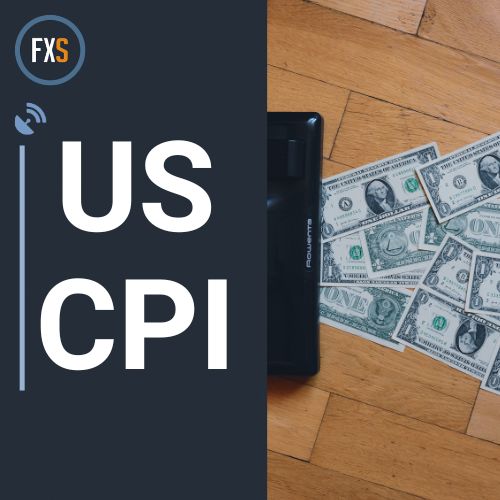The United States is expected to report a 2.3% year-over-year increase in the Consumer Price Index (CPI) for September, down from the previous month’s 2.5% rise. Core CPI inflation is forecasted to remain steady at 3.2%, with the report potentially impacting the market’s perception of the Federal Reserve’s interest rate outlook.
The release of the US CPI data by the Bureau of Labor Statistics (BLS) on Thursday is anticipated to bring about significant volatility for the US Dollar. Any surprises in the inflation report could lead to adjustments in the Fed’s interest rate trajectory for the coming months.
In September, the CPI is expected to rise by 0.1% on a monthly basis, while the core CPI is projected to increase by 0.2%. Analysts suggest that core inflation may have lost some momentum, with the energy component providing relief and core goods prices contributing to inflation.
The current Fed policy outlook is divided, with some members advocating for further rate cuts if inflation progresses as expected, while others warn against easing too much too soon, as it could threaten the Fed’s credibility and future economic activity.
An overview of the Consumer Price Index reveals that it is a key indicator of inflation and changes in purchasing trends. A high CPI reading is typically bullish for the US Dollar, while a low reading is considered bearish for the currency.
Following the Fed’s recent rate cut, expectations for future policy decisions hinge on economic data such as the CPI report. Positive employment figures for September have tempered fears of a slowing labor market, with investors currently pricing in a 25 basis points rate reduction at the next meeting. However, a significant miss in the inflation data could prompt a reassessment of the rate cut size.
In terms of currency pair impact, the Euro (EUR)/ US Dollar (USD) exchange rate could see fluctuations based on the CPI report. Technical analysis suggests key support levels at 1.0930 and 1.0870 for EUR/USD, while resistance levels could be found at 1.1000 and 1.1050. Overall, the USD’s value will likely be influenced by the CPI data release.
The US Dollar’s value is heavily influenced by the Federal Reserve’s monetary policy decisions, primarily through interest rate adjustments. Actions such as quantitative easing (QE) and quantitative tightening (QT) can also impact the USD, with QE typically leading to a weaker Dollar and QT potentially strengthening the currency. Understanding these factors is crucial for traders and investors navigating the forex market.











